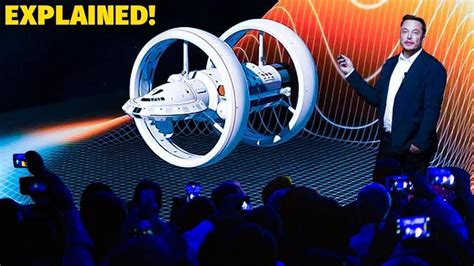The concept of traveling faster than light has long fascinated humans, and with the rapid advancements in technology and our understanding of the universe, it's no longer just a topic of science fiction. While we're still far from achieving this feat, there are some theoretical and proposed methods that could potentially make it possible. Here, we'll explore five ways to travel faster than light, but before we dive in, let's understand the basics.
Understanding the Speed of Light

The speed of light is the fastest speed at which any object or information can travel in a vacuum, and it's approximately 186,282 miles per second. According to Einstein's theory of special relativity, nothing with mass can reach or exceed the speed of light, as it would require an object to have an infinite amount of energy. However, this doesn't mean that we can't explore alternative methods to travel faster than light.
Method 1: Alcubierre Warp Drive

Proposed by physicist Miguel Alcubierre in 1994, the Alcubierre warp drive involves creating a region of space-time with negative mass-energy density. This "warp bubble" would cause space to contract in front of a spacecraft and expand behind it, effectively moving the spacecraft at faster-than-light speeds without violating the laws of relativity. However, the amount of negative energy required is enormous, and it's still unclear if it's feasible.
Method 2: Quantum Entanglement

Quantum entanglement is a phenomenon in which particles become connected and can affect each other even when separated by large distances. Some theories suggest that it may be possible to use entanglement to send information faster than light, effectively allowing for faster-than-light communication. However, this method is still highly speculative, and it's unclear if it can be scaled up to accommodate larger objects.
Method 3: Wormholes

Wormholes are hypothetical shortcuts through space-time that could potentially connect two distant points in space. If we could stabilize and navigate through a wormhole, it may be possible to travel faster than light. However, the technology to create and maintain a stable wormhole is far beyond our current understanding.
Method 4: Folded Space-Time

This method involves folding space-time in such a way that the distance between two points is reduced. This could potentially allow a spacecraft to travel faster than light without violating the laws of relativity. However, the amount of energy required to fold space-time is enormous, and it's unclear if it's feasible.
Method 5: Exotic Matter Propulsion

Exotic matter is a hypothetical form of matter that has negative energy density. Some theories suggest that it may be possible to use exotic matter to create a propulsion system that allows a spacecraft to travel faster than light. However, the existence of exotic matter is still purely theoretical, and it's unclear if it can be harnessed.
Conclusion: The Future of Faster-Than-Light Travel
While these methods are still purely theoretical, they offer a glimpse into the possibilities of faster-than-light travel. However, significant scientific and technological hurdles must be overcome before we can even consider attempting to travel faster than light. Nevertheless, the allure of exploring the vast expanse of space and the potential for discovering new worlds and civilizations continues to drive innovation and research in this area.






FAQ Section:
What is the speed of light?
+The speed of light is approximately 186,282 miles per second.
Is it possible to travel faster than light?
+According to Einstein's theory of special relativity, nothing with mass can reach or exceed the speed of light. However, some theoretical methods may potentially allow for faster-than-light travel.
What are some methods for faster-than-light travel?
+Some proposed methods include Alcubierre warp drive, quantum entanglement, wormholes, folded space-time, and exotic matter propulsion.
